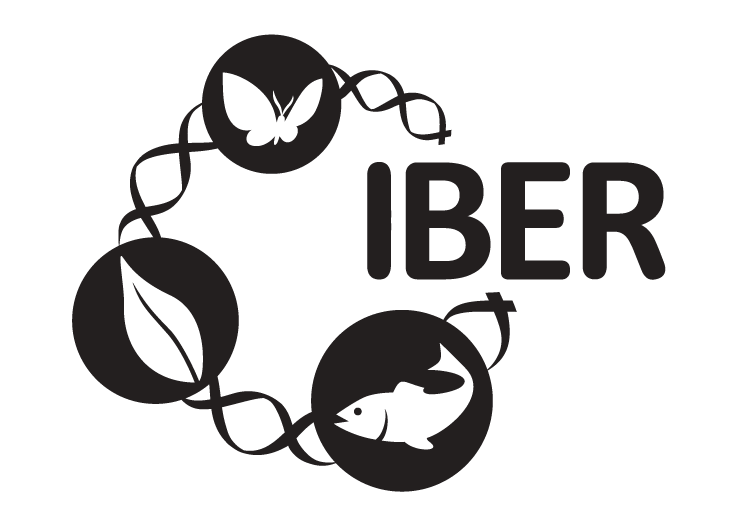This is an alphabetical list of all taxa for which trait information is available in the database. The bar on the right side indicates the information coverage for each taxon and trait. When hovering over the bar with the mouse cursor, a tooltip with the trait name is shown. Green colour indicates that information is present for this trait.
| Trichobranchidae Malmgren, 1866 | Body shape Flexibility Fragility Supporting structures/skeleton Skeleton material Body size Body size group Weight Relative adult mobility Movement type of adult Degree of attachment of adult Migration Adult dispersal potential Larval/juvenile dispersal potential Movement type of larva/juvenile Habitat modification Sediment reworking type Dependency Sociability Feeding method Food type/diet Feeding apparatus Feeds on Predated by Life span Regeneration potential Age at maturity Reproduction strategy Reproductive frequency Reproductive season Reproductive type Fecundity (number of eggs) Egg/propagule size Fertilization Synchronization of spawning Parental care/brood protection Egg/clutch location Larval and juvenile development Developmental mechanism Larval stage duration Larval settlement substratum Metamorphosis type Environmental position Substratum Sediment dwelling depth Vertical zonation Habitat preferences Water flow/tidal streams Wave exposure Salinity Tolerance Origin Invasiveness Impact Pathways/vector |
| Tritia Risso, 1826 | Body shape Flexibility Fragility Supporting structures/skeleton Skeleton material Body size Body size group Weight Relative adult mobility Movement type of adult Degree of attachment of adult Migration Adult dispersal potential Larval/juvenile dispersal potential Movement type of larva/juvenile Habitat modification Sediment reworking type Dependency Sociability Feeding method Food type/diet Feeding apparatus Feeds on Predated by Life span Regeneration potential Age at maturity Reproduction strategy Reproductive frequency Reproductive season Reproductive type Fecundity (number of eggs) Egg/propagule size Fertilization Synchronization of spawning Parental care/brood protection Egg/clutch location Larval and juvenile development Developmental mechanism Larval stage duration Larval settlement substratum Metamorphosis type Environmental position Substratum Sediment dwelling depth Vertical zonation Habitat preferences Water flow/tidal streams Wave exposure Salinity Tolerance Origin Invasiveness Impact Pathways/vector |
| Tritia reticulata (Linnaeus, 1758) | Body shape Flexibility Fragility Supporting structures/skeleton Skeleton material Body size Body size group Weight Relative adult mobility Movement type of adult Degree of attachment of adult Migration Adult dispersal potential Larval/juvenile dispersal potential Movement type of larva/juvenile Habitat modification Sediment reworking type Dependency Sociability Feeding method Food type/diet Feeding apparatus Feeds on Predated by Life span Regeneration potential Age at maturity Reproduction strategy Reproductive frequency Reproductive season Reproductive type Fecundity (number of eggs) Egg/propagule size Fertilization Synchronization of spawning Parental care/brood protection Egg/clutch location Larval and juvenile development Developmental mechanism Larval stage duration Larval settlement substratum Metamorphosis type Environmental position Substratum Sediment dwelling depth Vertical zonation Habitat preferences Water flow/tidal streams Wave exposure Salinity Tolerance Origin Invasiveness Impact Pathways/vector |
| Upogebia Leach, 1814 [in Leach, 1813-1815] | Body shape Flexibility Fragility Supporting structures/skeleton Skeleton material Body size Body size group Weight Relative adult mobility Movement type of adult Degree of attachment of adult Migration Adult dispersal potential Larval/juvenile dispersal potential Movement type of larva/juvenile Habitat modification Sediment reworking type Dependency Sociability Feeding method Food type/diet Feeding apparatus Feeds on Predated by Life span Regeneration potential Age at maturity Reproduction strategy Reproductive frequency Reproductive season Reproductive type Fecundity (number of eggs) Egg/propagule size Fertilization Synchronization of spawning Parental care/brood protection Egg/clutch location Larval and juvenile development Developmental mechanism Larval stage duration Larval settlement substratum Metamorphosis type Environmental position Substratum Sediment dwelling depth Vertical zonation Habitat preferences Water flow/tidal streams Wave exposure Salinity Tolerance Origin Invasiveness Impact Pathways/vector |
| Upogebia pusilla (Petagna, 1792) | Body shape Flexibility Fragility Supporting structures/skeleton Skeleton material Body size Body size group Weight Relative adult mobility Movement type of adult Degree of attachment of adult Migration Adult dispersal potential Larval/juvenile dispersal potential Movement type of larva/juvenile Habitat modification Sediment reworking type Dependency Sociability Feeding method Food type/diet Feeding apparatus Feeds on Predated by Life span Regeneration potential Age at maturity Reproduction strategy Reproductive frequency Reproductive season Reproductive type Fecundity (number of eggs) Egg/propagule size Fertilization Synchronization of spawning Parental care/brood protection Egg/clutch location Larval and juvenile development Developmental mechanism Larval stage duration Larval settlement substratum Metamorphosis type Environmental position Substratum Sediment dwelling depth Vertical zonation Habitat preferences Water flow/tidal streams Wave exposure Salinity Tolerance Origin Invasiveness Impact Pathways/vector |
| Upogebiidae Borradaile, 1903 | Body shape Flexibility Fragility Supporting structures/skeleton Skeleton material Body size Body size group Weight Relative adult mobility Movement type of adult Degree of attachment of adult Migration Adult dispersal potential Larval/juvenile dispersal potential Movement type of larva/juvenile Habitat modification Sediment reworking type Dependency Sociability Feeding method Food type/diet Feeding apparatus Feeds on Predated by Life span Regeneration potential Age at maturity Reproduction strategy Reproductive frequency Reproductive season Reproductive type Fecundity (number of eggs) Egg/propagule size Fertilization Synchronization of spawning Parental care/brood protection Egg/clutch location Larval and juvenile development Developmental mechanism Larval stage duration Larval settlement substratum Metamorphosis type Environmental position Substratum Sediment dwelling depth Vertical zonation Habitat preferences Water flow/tidal streams Wave exposure Salinity Tolerance Origin Invasiveness Impact Pathways/vector |


